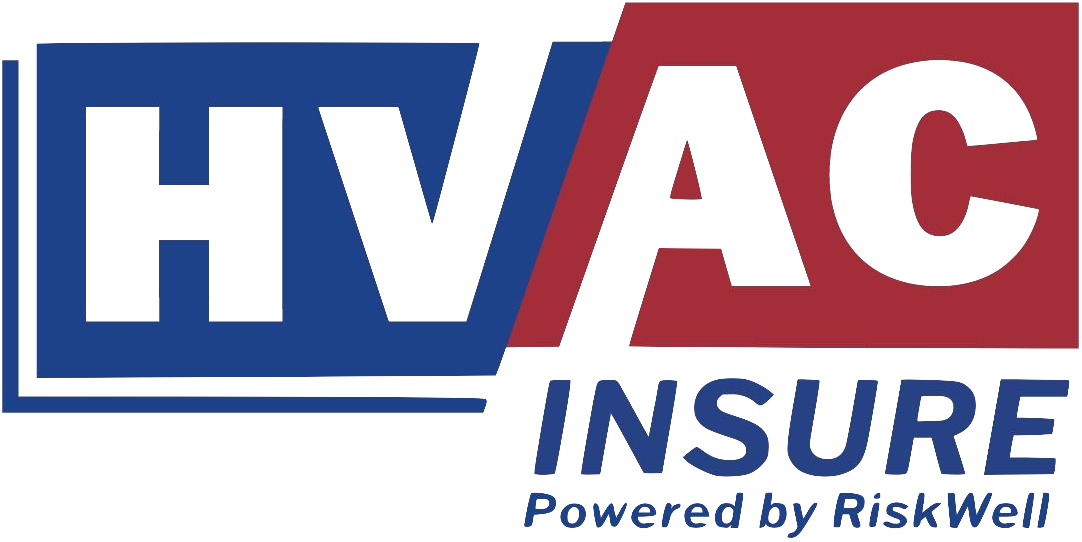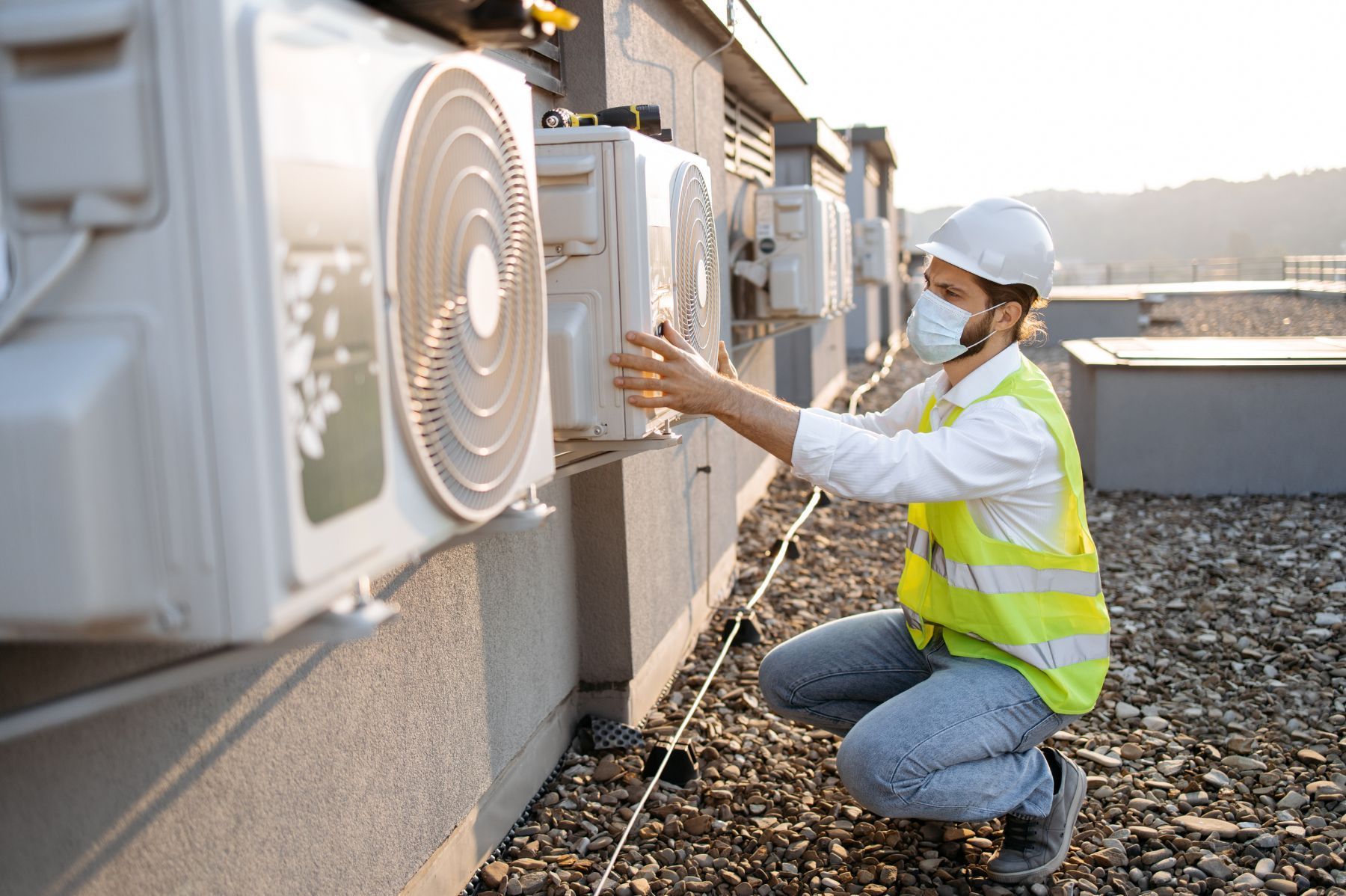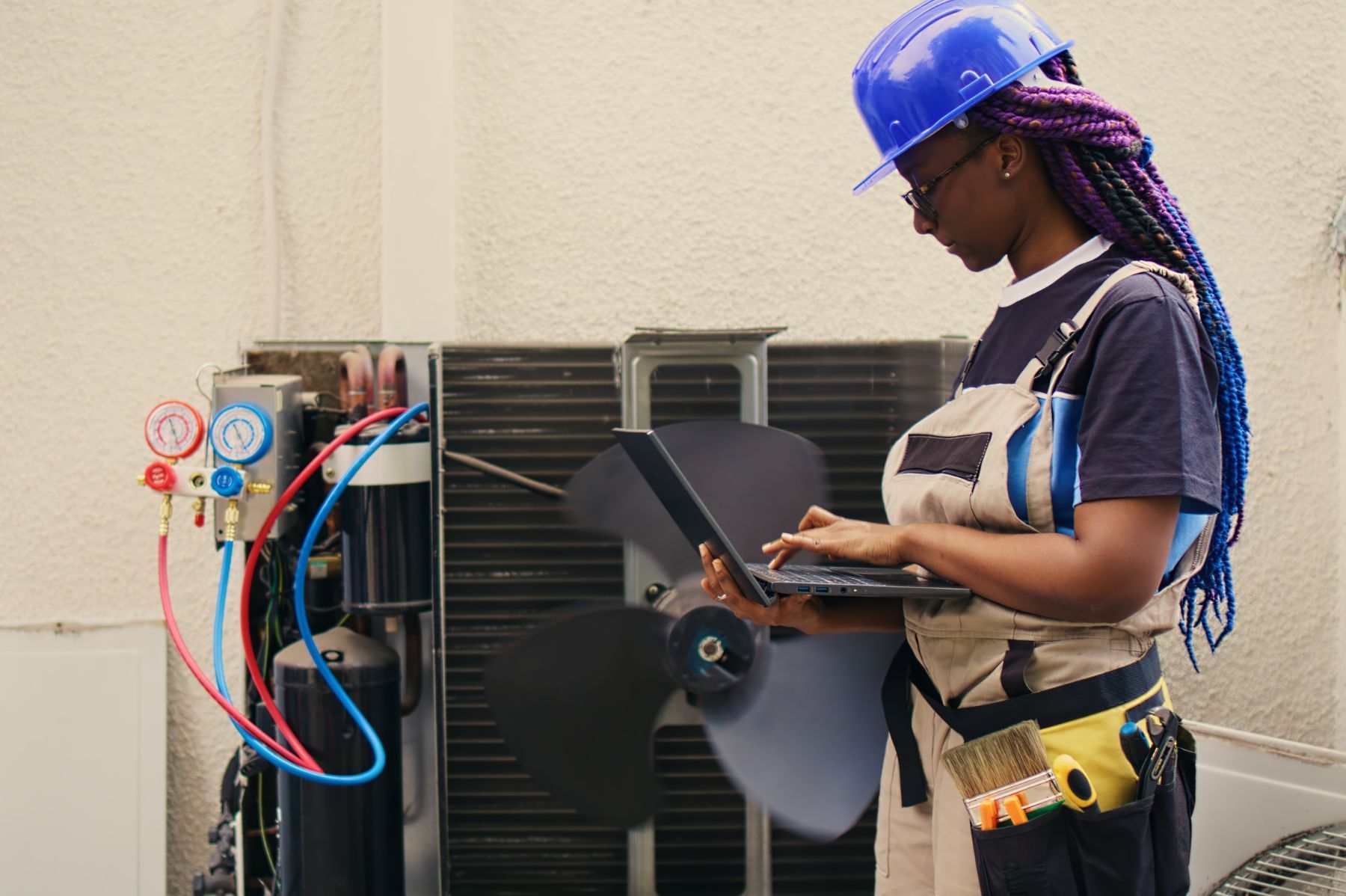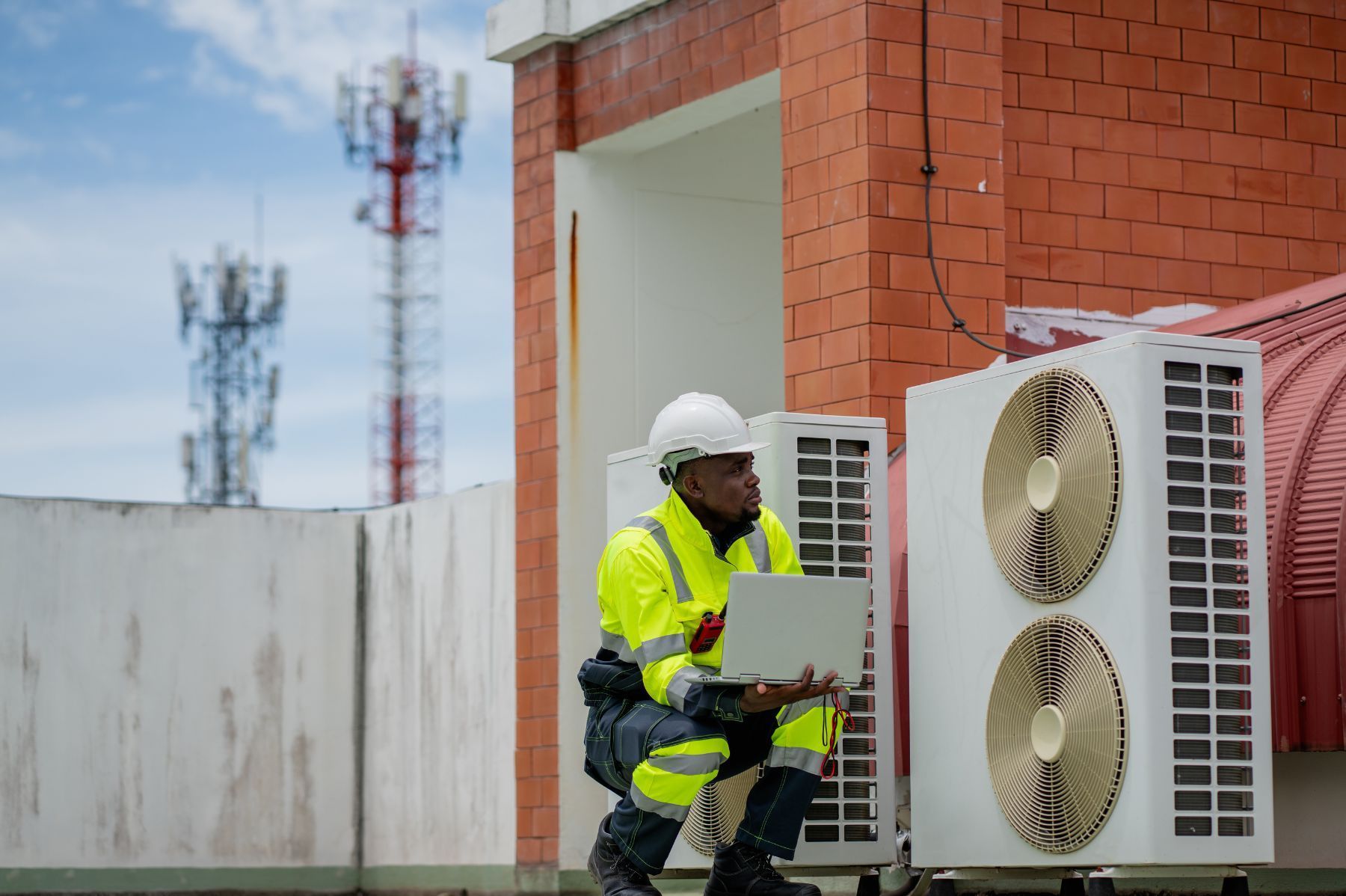Understanding Professional vs. General Liability in HVAC
See How We're Different
or call us: (469) 678-8001

When an HVAC contractor steps onto a job site, the risks are real and varied. One faulty installation or overlooked detail can lead to costly claims that threaten the business’s survival. With over 25,000 claims filed annually in the HVAC industry, and average claim costs ranging from $25,000 to $50,000, the financial stakes are high. That adds up to more than $1 billion in losses every year, making insurance coverage not just a formality but a necessity for HVAC professionals according to industry data.
Understanding the difference between professional liability and general liability insurance is crucial for HVAC contractors aiming to protect their business effectively. These coverages address distinct risks and claims, and knowing which applies in various scenarios can save thousands, if not hundreds of thousands, of dollars in unexpected expenses.
What General Liability Covers for HVAC Contractors
General liability insurance is the foundation of any contractor’s risk management strategy. It protects against claims related to bodily injury, property damage, and personal injury that occur during the course of business operations. For HVAC contractors, this means coverage for accidents like a client slipping on a tool left behind or damage caused to a customer’s property during equipment installation.
For example, if a technician accidentally damages a homeowner’s flooring while installing a new HVAC system, general liability insurance would cover the repair costs and any related legal fees. This type of coverage is essential because property damage claims are among the most common and expensive in the HVAC industry. Moreover, the financial implications of such incidents can be severe, potentially leading to significant losses that could jeopardize the contractor's business viability. In addition to direct costs, the reputational damage from a claim can also affect future business opportunities, making it imperative for HVAC contractors to have robust insurance coverage in place.
General liability premiums typically range from 1.3% to 2.6% of annual revenue, depending on the size and risk profile of the business. Workers’ compensation, often bundled with general liability, costs between $2.24 and $5.14 per $100 of payroll, reflecting the physical risks HVAC technicians face on the job according to recent industry reports. Understanding these costs is crucial for HVAC contractors as they budget for their operational expenses. By investing in comprehensive insurance coverage, contractors not only protect their assets but also enhance their credibility with clients, who often seek assurance that their service providers are adequately insured.
Common Claims Covered by General Liability
General liability insurance covers a variety of claims, including:
- Property damage to a client’s home or business
- Bodily injury to third parties, such as a customer or visitor
- Legal defense costs if sued for covered incidents
- Medical payments for minor injuries on the job site
Given the physical nature of HVAC work, these claims can arise frequently. The 2023 HVACi Annual Claims Report highlighted that nearly 20% of HVAC and refrigeration systems were non-damaged at the time of assessment, yet claims were still filed. This points to the importance of clear documentation and accurate damage evaluation to avoid unnecessary payouts according to HVACi’s findings. Furthermore, the report emphasizes the need for HVAC contractors to maintain meticulous records of their work, including before-and-after photos and detailed service logs. This practice not only aids in substantiating claims but also serves as a valuable reference for future projects, helping to ensure that similar issues are avoided. By fostering a culture of accountability and thoroughness, HVAC contractors can significantly mitigate their risk exposure and enhance their overall operational efficiency.
What Professional Liability Covers in HVAC
Professional liability insurance, also known as errors and omissions (E&O) insurance, protects HVAC contractors against claims arising from mistakes, negligence, or failure to perform professional duties properly. This coverage is critical when the work involves design, consulting, or system recommendations that could lead to financial losses for clients. The complexity of HVAC systems means that even minor oversights can result in significant issues, making this type of insurance not just beneficial, but essential for contractors aiming to safeguard their business and reputation.
Consider a scenario where an HVAC contractor designs a system that fails to meet the client’s needs or causes excessive energy costs. If the client suffers financial harm and sues for damages, professional liability insurance would cover legal defense and any settlements or judgments, up to policy limits. This protection allows contractors to focus on their work without the constant fear of litigation hanging over their heads. Furthermore, it fosters trust between contractors and clients, as clients can feel assured that their contractor is financially protected against unforeseen issues.
With over 400,000 professional liability policies active globally in 2023, and the U.S. representing 35% of that market, this coverage is increasingly recognized as vital for service-based contractors according to market research. Policies under $1 million are the most common, reflecting the typical scale of claims faced by HVAC professionals. This trend indicates a growing awareness among contractors of the potential risks associated with their work and the importance of being adequately insured against them.
Why Professional Liability Matters in HVAC
As equipment and labor costs rise, so do the stakes for insurance claims. Curt VanNess, Technical Director for HVACi, points out that precise damage evaluations are essential to avoid overpaying or underpaying on claims. Without professional liability coverage, a single lawsuit involving faulty installation or design errors could bankrupt a small HVAC firm, especially if property damage claims reach $500,000 or more as VanNess explains. The implications of such financial strain can extend beyond the immediate costs, potentially leading to loss of business and a tarnished reputation in a competitive market.
Professional liability insurance fills the gap left by general liability policies, which typically exclude coverage for mistakes in professional services. This distinction is crucial for HVAC contractors who provide system design, energy audits, or consulting services alongside installation and maintenance. Moreover, as the industry evolves with advancements in technology and regulations, the need for specialized knowledge increases. Contractors must stay informed and adapt to these changes, making professional liability insurance an indispensable tool for managing the unique risks associated with their evolving roles in the HVAC landscape. By investing in this coverage, HVAC professionals not only protect their business but also enhance their credibility and reliability in the eyes of clients, paving the way for long-term success in a demanding industry.
Key Differences Between General and Professional Liability
While both types of insurance protect HVAC contractors from financial loss, they cover different risks. General liability is about physical harm and property damage caused by the contractor’s operations. Professional liability focuses on financial harm caused by errors, omissions, or negligence in professional services.
| Coverage Aspect | General Liability | Professional Liability |
|---|---|---|
| Type of Risk | Physical injury or property damage | Financial loss due to professional errors |
| Common Claims | Slip and fall, equipment damage, property damage | Design errors, faulty advice, missed deadlines |
| Policy Exclusions | Does not cover professional mistakes | Does not cover bodily injury or property damage |
| Typical Premium Cost | 1.3% to 2.6% of revenue | Varies; many policies under $1 million |
| Who Needs It? | All HVAC contractors | Contractors offering design, consulting, or professional advice |
Understanding these distinctions helps HVAC contractors tailor their insurance to the specific risks they face. Many businesses benefit from bundling general liability with professional liability to ensure comprehensive protection. This approach not only simplifies the insurance management process but also often results in cost savings, as insurers may offer discounts for bundled policies. Furthermore, having both types of coverage can enhance a contractor's credibility with clients, as it demonstrates a commitment to professionalism and risk management.
In addition to the financial implications, the choice of insurance can also affect the operational strategies of HVAC contractors. For instance, contractors who frequently engage in design work or offer specialized consulting services may find that professional liability insurance is essential for safeguarding against potential lawsuits stemming from project miscalculations. On the other hand, those primarily focused on installation and maintenance may prioritize general liability to cover the risks associated with physical work sites. Understanding the unique needs of their business allows contractors to make informed decisions about their insurance coverage, ultimately leading to better protection and peace of mind in their operations.
Challenges in HVAC Claims and Insurance
Insurance claims in the HVAC industry are complex. HVACi’s 2020 Annual Claims Report found that 51% of claimed perils were recategorized after independent assessment. Additionally, 15% of claimed systems were actually in proper working condition when inspected. This highlights the risk of inaccurate claims that can lead to disputes and delays in settlements according to HVACi’s research.
These challenges underscore the importance of precise documentation and expert evaluation in every claim. Without it, contractors risk overpaying premiums or facing uncovered losses. As claims become more expensive due to rising labor and equipment costs, the need for accurate damage assessments grows. Furthermore, the evolving technology in HVAC systems, such as smart thermostats and energy-efficient units, adds another layer of complexity. Insurers may require specialized knowledge to accurately assess these modern systems, which can lead to discrepancies in claims if not properly understood.
Insurance Costs and Budgeting for HVAC Businesses
The average annual cost for HVAC business insurance in 2025 is around $6,069 for a bundle including a Business Owner’s Policy (BOP), workers’ compensation, and professional liability. This figure reflects the growing complexity and risk in the HVAC sector according to recent cost analyses.
For small HVAC firms, insurance is more than a regulatory requirement - it is a financial lifeline. Without coverage, a single major lawsuit could bankrupt 60% of small businesses in this field. That risk alone makes investing in both general and professional liability insurance a smart business decision as industry experts warn. Additionally, the fluctuating costs of materials and labor in the HVAC industry necessitate careful budgeting. Firms must not only account for their insurance premiums but also prepare for potential increases in operational costs, which can significantly impact their bottom line. By establishing a comprehensive financial plan that includes insurance, HVAC businesses can better navigate the uncertainties of the market and ensure their long-term viability.
How to Choose the Right Liability Coverage
Choosing between general and professional liability insurance—or deciding to carry both—depends on the nature of your HVAC business. Contractors focused solely on installation and maintenance might prioritize general liability. Those offering design, consulting, or system recommendations should strongly consider professional liability as well. Understanding the nuances between these types of coverage is crucial; general liability typically protects against bodily injury and property damage claims, while professional liability covers claims related to negligence, errors, or omissions in your professional services.
Start by assessing your business activities and the types of risks you face. Review past claims data if available, and consult with an insurance professional who understands the HVAC industry. They can help tailor policies to your specific needs, balancing coverage and cost. It's also beneficial to engage with other HVAC professionals to gain insights into their experiences with different insurance providers and policies. This peer feedback can provide valuable context and help you make a more informed decision.
Remember, insurance is not just about compliance. It is a strategic tool to protect your business from unexpected financial hits that could otherwise derail your operations. Additionally, consider the long-term implications of your coverage choices. A well-structured insurance plan can enhance your business's reputation, as clients often feel more secure knowing you are adequately insured. This can lead to increased trust and potentially more business opportunities.
Tips for Managing HVAC Insurance Effectively
- Document all work thoroughly to support claims and avoid disputes.
- Regularly review your coverage limits to keep pace with rising costs.
- Train employees on safety and quality to reduce claim frequency.
- Work with insurers experienced in HVAC risks for tailored advice.
Additionally, consider implementing a proactive risk management strategy that includes regular safety audits and employee training sessions. These initiatives not only help minimize the likelihood of accidents but also demonstrate to your insurer that you are committed to maintaining a safe work environment. This commitment can sometimes lead to lower premiums or better coverage options. Furthermore, staying informed about industry trends and changes in regulations can help you anticipate potential liabilities and adjust your coverage accordingly.
Lastly, it’s essential to maintain open lines of communication with your insurance provider. Schedule periodic reviews to discuss your business growth, any new services you may be offering, and how these changes could affect your coverage needs. This ongoing dialogue ensures that your insurance remains aligned with your business objectives and that you are adequately protected against emerging risks in the HVAC industry.
Frequently Asked Questions
Q: Do I need both general and professional liability insurance for my HVAC business?
A: If your work includes design, consulting, or professional advice, having both is recommended. General liability covers physical damage, while professional liability covers errors in your services.
Q: How much does HVAC insurance typically cost?
A: On average, HVAC business insurance bundles cost around $6,000 annually, but premiums vary based on revenue, payroll, and coverage limits.
Q: Can general liability insurance cover faulty installations?
A: No. Faulty installations or professional errors are usually covered under professional liability insurance, not general liability.
Q: What should I do if a claim is disputed or recategorized?
A: Work closely with your insurer and provide detailed documentation. Independent assessments can clarify the situation and help resolve disputes.
Q: How can I reduce my insurance premiums?
A: Maintaining a strong safety record, documenting work carefully, and bundling policies can help lower premiums.
Q: Is workers’ compensation insurance mandatory for HVAC contractors?
A: Yes, in most states, workers’ compensation is required to cover employee injuries on the job.
Q: What risks do HVAC contractors face that insurance might not cover?
A: Some causes of loss, like wear and tear or certain environmental damages, may not be covered. Reviewing your policy exclusions is important.











